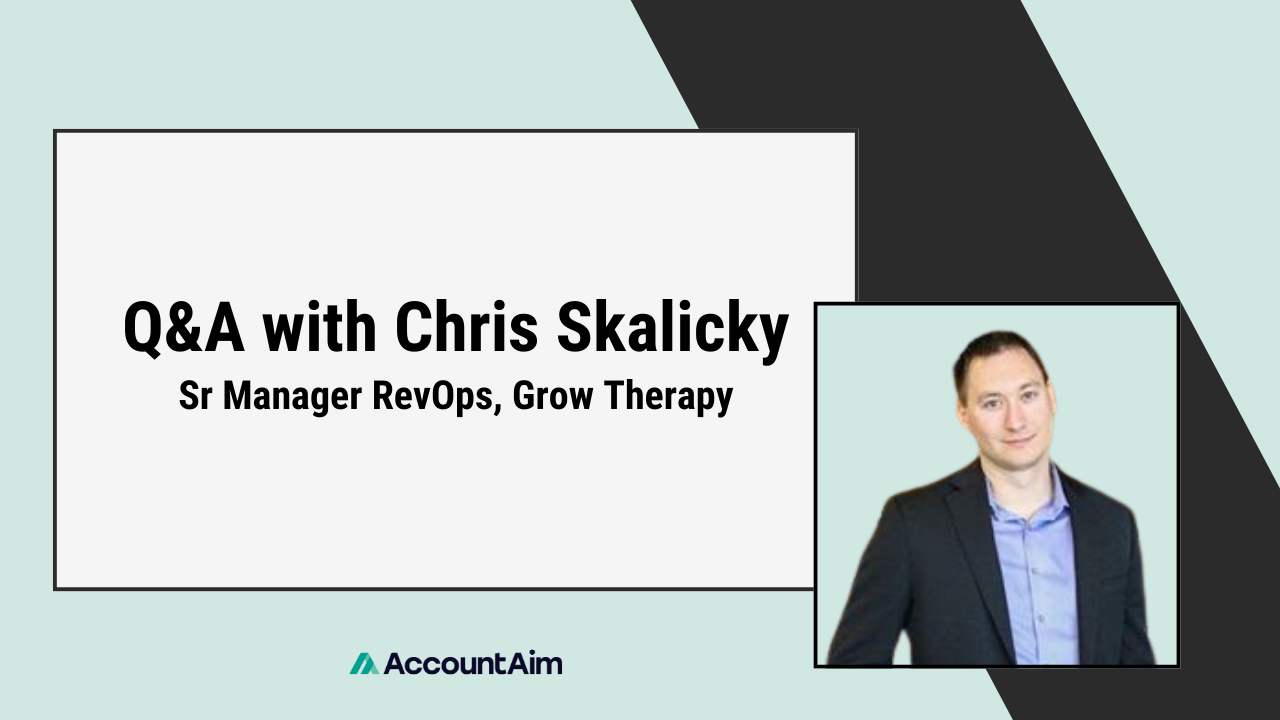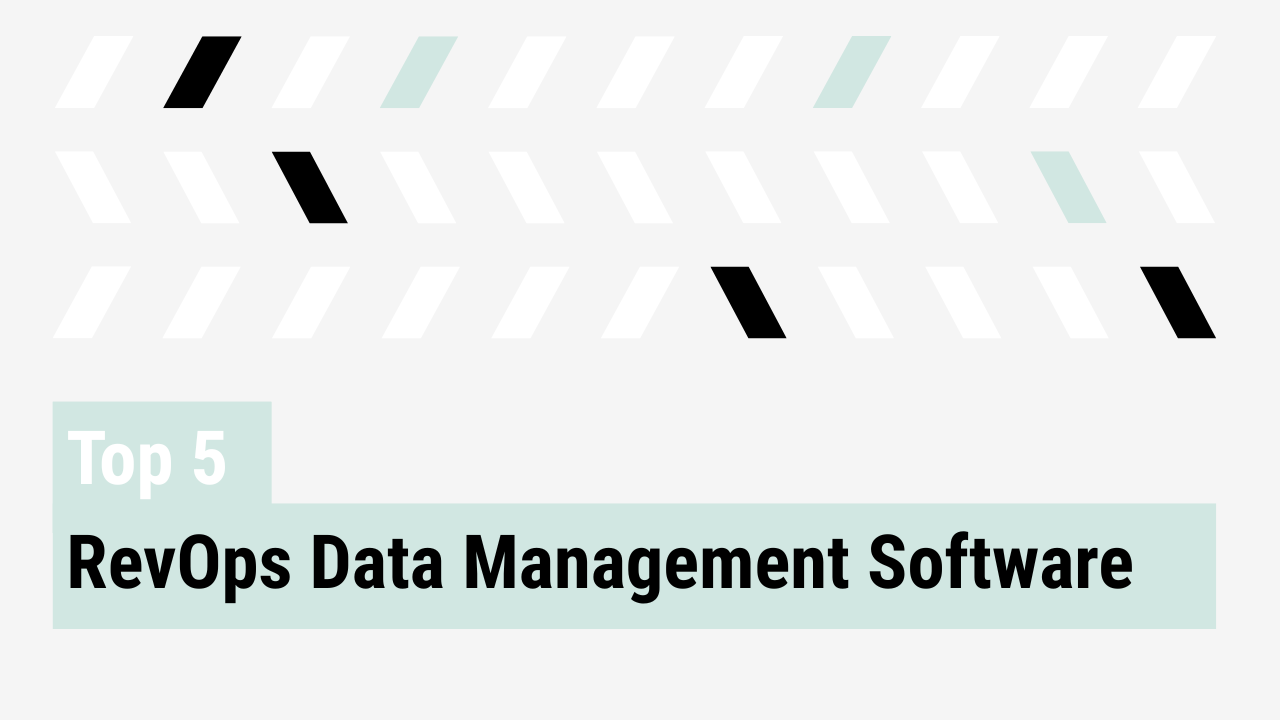Grow Therapy runs a uniquely complex operation: a three-sided marketplace connecting payers (insurance companies), healthcare providers, and clients seeking therapy. As Sr Manager of Revenue Operations, Chris Skalicky leads sales operations, marketing ops, and L&D ops to keep that ecosystem in balance. In this conversation, he offers practical, direct guidance for aligning diverse stakeholders, choosing the right metrics, and building systems that scale without breaking.
How do you define the role of Revenue Operations in a complex marketplace business like Grow Therapy?
“To me, revenue operations is really about being an architect… making sure that we are all going in the same direction, that we are all working synchronously and working toward the ultimate goal, which is attributing everything we do to revenue.”
Think of yourself as the architect. Your role is not to lay every brick yourself, but to design the blueprint so every team understands the structure they are building toward. Sales, marketing, recruitment, payer contracting, they each have their craft, but without someone aligning them, their work risks becoming disconnected. Your job is to ensure the “roof” lands on the “walls” and that every decision is tied back to one outcome: driving revenue in a coordinated way.
What unique challenges does RevOps face in serving multiple stakeholders, payers, providers, and clients, and how do you address them?
In a marketplace, you are running three businesses at once. You have to keep providers, clients, and payers in balance. Too many providers without enough clients, and you risk disengagement. Too many clients without enough providers, and you create wait times and poor matches.
You need to manage those levers constantly, slowing provider recruitment when supply is high, ramping client acquisition when demand is low, and ensuring payer partnerships keep care affordable. On the payer side, you have to operationalize complex contracts and claim submissions so payments move quickly. If you can see all three sides and know which lever to pull, you keep the marketplace healthy.
How do you identify, align on, and measure North Star metrics across different parts of the business?
Start with your mission. For Grow Therapy, it is expanding access to mental healthcare. From there, define long-term metrics that support it, then set shorter-term goals that keep you moving toward that vision. Some you will plan during strategy cycles; others will emerge when the data or feedback exposes a gap.
Use both quantitative data, such as conversion rates, time-to-credentialing, and match quality, and qualitative feedback from surveys, user research, and customer communities. Numbers show you where to look, conversations tell you why. Keep channels open for fresh perspectives; sometimes the most valuable insight comes from someone seeing the problem for the first time.
Can you share an example where a small operational change had a significant impact on customer experience and revenue?
“We found out we were sending something like 400 emails during onboarding… people got on the platform and just ignored our emails. We cleaned a lot of that out, shortened things, and made them more targeted… and that actually increased our conversion by 10%.”
We audited every touchpoint, cut the noise, and targeted communication to the right person at the right time. That single change lifted onboarding conversion by 10% and improved engagement with compliance deadlines and product updates. Sometimes the most impactful move is removing friction, rather than adding another process.
What principles guide your approach to building and scaling HubSpot effectively?
“Slow is smooth, smooth is fast… establish governance early… permissioning is huge… you have got to say no to stuff and keep the backlog. Sometimes you just have to go after the number one thing and fix the rest later.”
Put governance in place immediately, set permissions, control who can make changes, and protect data integrity. Without that, scaling only amplifies the mess.
Say “no” when you need to. Keep a backlog of requests, but focus on what will materially move the business. Build with the end in mind, ask if it will still work in five years or if it is just a “for now” fix. Hire people who deeply understand the platform, can translate business needs into technical solutions, and communicate well enough to challenge stakeholders when needed. That is how you scale without burning out your team or your tools.
How do you balance responding to new business demands with improving existing processes?
Accept that nothing you build is permanent. There is no perfect system, only the best system for your current conditions.
When new priorities emerge, address the most critical first, but document what you are deferring. Be transparent about trade-offs. Schedule time to revisit and improve those deferred items. Leading RevOps well is about managing both the “what” and the “when.”
Go Deeper
If you enjoyed this Q&A, check out the full conversation with Chris Skalicky at YouTube or Spotify.
About AccountAim
AccountAim is the planning and analytics platform built for Strategic RevOps teams. With AccountAim, RevOps teams connect all of their fragmented GTM data, automatically snapshot and see trended changes over time, and build full-funnel reporting — all without SQL or data team support. Learn how Strategic RevOps teams use AccountAim to streamline forecasting, territories, cross-sells and more here.



